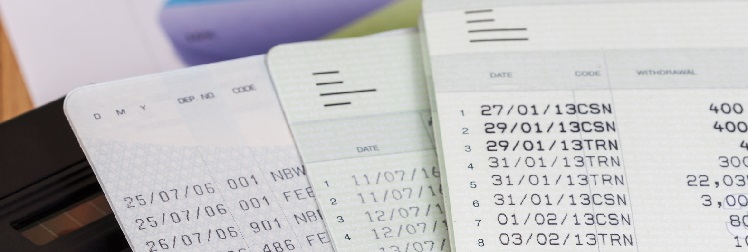Articles
What Is the Earnings Credit?
- By Stephen Weiland
- Published: 9/7/2016

On almost every U.S. commercial account analysis and billing statement, you will see an earnings credit amount and an Earnings Credit Rate (ECR). The credit amount is used to offset the charge for “compensable” services. But where did this earnings credit come from? What is a compensable service? How does this soft interest credit compare to the hard interest credit you receive on CDs and savings accounts?
During the Great Depression, Regulation Q was passed to prevent banks from offering interest on commercial demand deposit accounts (DDAs). Reg Q was designed to urge commercial accounts not to deposit cash in banks, but rather to invest in interest earning or value appreciating vehicles. It was a good idea at the time. The banks, in their wisdom and to prevent the outflow of balances, came up with an earnings credit, which could be applied only to the fees for services used in support of the commercial demand deposit account. Such fees were called compensable because they could be compensated for by the account balance.
As a result of the Dodd-Frank Act, the portion of Reg Q that prevented “hard interest” on commercial DDA balances was eliminated. Now banks can offer either or both hard interest and earnings credit (soft) interest on commercial account demand balances. Let’s examine the elements that surround and value the earnings credit.
- Float reduces the effective interest paid on ledger balances. Interest, hard or soft, is paid on collected balance, which is equal to book balance less float.
- The reserve requirement reduces the effective interest paid on demand balances.
- FDIC fees reduce the effective interest paid on demand balances. Currently, the FDIC is now urging banks to change the term “FDIC fee” to a different term that doesn’t sound like a fee.
- Hard interest rates are typically greater than earnings credit rates.
- Available balances may be better used to fund short-term needs than to offset service fees.
- The earnings credit amount is not taxable, whereas hard interest is.
- Compensable service fees, those offset by an earnings credit are not deductible. Fees paid without offset are deductible on the tax return.
Is an earnings credit rate quoted by the bank real? Let’s give an example:
- Assume a quoted annual ECR of 1 percent (1 percent is easier for this math example. Today’s rates are much smaller.)
- Assume a quoted annual hard interest rate of 1.2 percent
- Assume an FDIC charge of 11 cents/per thousand of ledger balance
- Assume the following values:
Ledger balance: 100,000
Less float: 30,000 Note 1 (please reduce float)
Collected balance: 70,000
Less reserves (10 percent): 7,000 Note 2 (bank may not subtract reserves)
Investable balance: 63,000
Monthly interest on investable balance: .01*30/360*63,000 = 52.50
Less FDIC charge: 100,000* .11/thousand = 11.00 Note 3
Effective dollar benefit on ledger balance = 41.50
Now let’s look at the real effective annual rate of the quoted 1 percent ECR.
41.50/100,000*(360/30) = 0.498 percent
In this example, a quoted 1.0 percent annual ECR comes to an effective 0.498 percent annual rate considering float, reserves and the FDIC charge. Using today’s very low earnings credit rates, this example could result in negative interest. I leave it to you to estimate the effects of points 4, 5, 6 and 7 on this example and to answer the question “Is the earnings credit real?”
Stephen Weiland is senior advisor for Weiland Consulting and a recognized authority on financial account billing and management. Want to dig deeper into the earnings credit and commercial account analysis? Register for the upcoming virtual seminar on September 14 and 21.
Copyright © 2024 Association for Financial Professionals, Inc.
All rights reserved.

